
2014 Toyota Corolla Oil Leak — Complete Guide
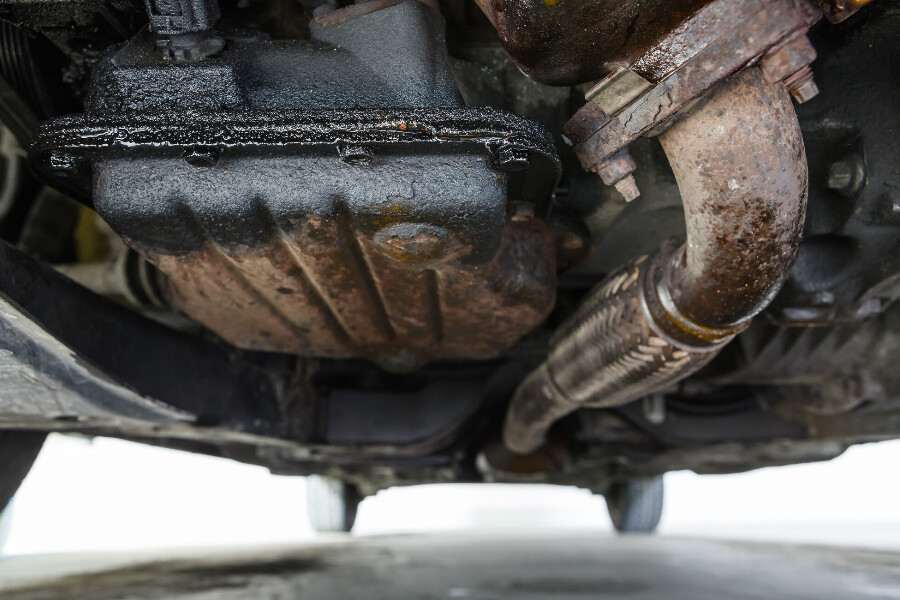
Introduction
Let’s face it — finding an oil leak in your car is never a fun surprise. If you drive a Toyota Corolla (2014), you might have noticed a small puddle under your car or smelled something burning after a drive. Don’t panic just yet! Oil leaks are one of the most common car issues and can often be handled before they turn into wallet-draining disasters.
This guide will walk you through everything you need to know about oil leaks in a 2014 Corolla: the warning signs, common causes, how to diagnose them, DIY fixes, when to call in the pros, and how to prevent future problems.
Common Signs of an Oil Leak
Oil leaks rarely show up without warning. Your car usually gives you a few hints before things get serious.
Oil Spots Under the Car
One of the first signs is spotting dark, greasy puddles or spots on the driveway. If it looks like black or brown liquid, chances are it’s engine oil.
Burning Oil Smell
When oil drips onto hot engine parts like the exhaust manifold, it burns off and creates a distinct, strong smell. If your cabin smells like something’s cooking (and not in a good way), you may have a leak.
Low Oil Levels
If you’re topping off your oil more often than usual, something’s up. Oil doesn’t just vanish — leaks are usually the culprit.
Warning Lights
The oil pressure warning light on your dashboard isn’t just for show. If it comes on, it could indicate low oil levels caused by a leak. Don’t ignore it — driving with low oil can damage your engine fast.
Common Causes of Oil Leaks
There are several parts of the Corolla engine that can be the source of oil leaks. Understanding these can save you both time and money.
Worn Out Gaskets and Seals
Gaskets and seals are like your engine’s “glue.” Over time, they can wear out, dry up, or crack, allowing oil to escape. This is one of the most common reasons for leaks in older cars.
Faulty Oil Pan
The oil pan sits at the bottom of the engine and can get damaged from road debris or corrosion. A dent or crack here means oil will slowly drip out.
Damaged Valve Cover Gasket
The valve cover gasket seals the top of your engine. If it fails, oil can leak down the sides of the engine block, often showing up around the back of the engine bay.
Loose or Faulty Oil Filter
A loose oil filter or one with a bad seal can leak oil right after an oil change. This is an easy fix — just tighten or replace the filter.
You may be interested in reading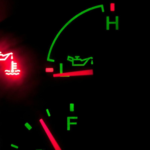 Toyota Corolla Oil Pressure Sensor Leak: Causes, Fixes & Expert Tips
Toyota Corolla Oil Pressure Sensor Leak: Causes, Fixes & Expert TipsCracked Engine Block (Rare but Serious)
This is the worst-case scenario. If your engine block cracks due to overheating or extreme wear, it can cause significant oil loss and engine damage. At this point, repairs can get very expensive.
Diagnosing the Leak
Finding where the leak is coming from is half the battle.
Visual Inspection
Pop the hood and take a close look. Check around the valve cover, oil pan, oil filter, and drain plug. Oil residue or wet spots are clues.
Checking the Oil Level
Use your dipstick to check the oil level regularly. A steady drop over time points to a leak.
Using UV Dye or Leak Detection Kits
You can add a special dye to your engine oil and use a UV light to spot exactly where the oil is escaping. This is a quick and affordable method many mechanics use.
Step-by-Step Guide to Fixing Minor Leaks
If the leak is small and accessible, you may be able to fix it yourself with some basic tools.
Tools and Materials Needed
- Wrench set
- New gaskets or seals
- Replacement oil filter
- Drain pan
- Rags and gloves
- UV leak detection light (optional)
Tightening Bolts and Fittings
Sometimes, the leak is caused by loose bolts around the oil pan or valve cover. A simple tightening can stop the leak — just be careful not to overtighten and strip the threads.
Replacing the Oil Filter
If the leak is coming from the filter, drain the oil, remove the old filter, lubricate the gasket of the new one, and tighten it securely.
Replacing Gaskets
For leaks around the valve cover or oil pan, replacing the gasket is often the fix. Clean the surface thoroughly before installing the new gasket to ensure a tight seal.
When It’s Time to Call a Mechanic
Not every oil leak is a DIY job. Sometimes, it’s smarter (and safer) to let a pro handle it.
Severe Engine Leaks
If you notice large oil puddles or your oil level drops drastically in a short time, don’t risk it. Get your car to a trusted mechanic as soon as possible.
Signs of Internal Engine Damage
If the oil leak comes with strange noises, poor performance, or smoke from the engine, it could indicate internal damage. This needs professional attention.
You may be interested in reading Toyota Corolla Oil Pressure Sensor Leak: Causes, Fixes & Expert Tips
Toyota Corolla Oil Pressure Sensor Leak: Causes, Fixes & Expert Tips 1999 Toyota Camry Speedometer Not Working: Causes and Solutions
1999 Toyota Camry Speedometer Not Working: Causes and SolutionsPreventing Future Oil Leaks
A little maintenance goes a long way in preventing leaks.
Regular Oil Changes
Stick to your oil change schedule. Old oil can thicken and increase pressure on seals, causing leaks.
Proper Maintenance
Keep an eye on your engine bay. Replace gaskets or seals at the first sign of wear instead of waiting for a full-blown leak.
Monitoring Oil Levels
Check your oil level at least once a month. If it starts dropping, catch the problem early.
Repair Costs and Budget Tips
Typical Cost Ranges
- Minor gasket replacement: $100–$300
- Oil pan replacement: $300–$600
- Major engine repairs (like a cracked block): $1,000+
These prices vary depending on where you live and whether you go to a dealership or an independent shop.
DIY vs Professional Repair
DIY fixes can save you hundreds if it’s a simple gasket or filter issue. But if the problem is more complex, professional repair ensures the job is done right and safely.
Safety Tips When Dealing with Oil Leaks
Fire Hazards
Oil leaking onto hot engine parts can ignite. If you smell burning oil or see smoke, turn off the engine immediately.
Environmental Considerations
Used oil is toxic. If you’re working on your car, always dispose of oil properly at a recycling center. Don’t let it seep into the ground.
Final Thoughts
Oil leaks might seem scary at first, but most of them are fixable and preventable with a little attention. The key is not to ignore the early warning signs. Catching and fixing a leak early can save you from bigger, more expensive problems down the road. Whether you decide to DIY or visit a mechanic, staying proactive is your best defense.
FAQs
1. Is it safe to drive with an oil leak?
Driving with a minor oil leak for a short distance may be okay, but prolonged driving can cause serious engine damage. Always fix leaks as soon as possible.
2. How much oil loss is considered normal?
A tiny amount of oil loss over thousands of miles is normal. But frequent top-offs likely indicate a leak.
3. Can I use stop-leak additives to fix the problem?
Stop-leak products can temporarily seal small leaks but aren’t a permanent solution. It’s better to replace faulty parts.
 Toyota Corolla Oil Pressure Sensor Leak: Causes, Fixes & Expert Tips
Toyota Corolla Oil Pressure Sensor Leak: Causes, Fixes & Expert Tips 1999 Toyota Camry Speedometer Not Working: Causes and Solutions
1999 Toyota Camry Speedometer Not Working: Causes and Solutions 2009 Toyota Camry Speedometer Not Working
2009 Toyota Camry Speedometer Not Working4. How often should I check my oil level?
Once a month is a good rule of thumb. If your car has a history of leaks, check more frequently.
5. What happens if I ignore an oil leak?
Ignoring an oil leak can lead to low oil levels, overheating, engine failure, or even a fire in severe cases.
If you want to know other articles similar to 2014 Toyota Corolla Oil Leak — Complete Guide you can visit the category Common Problems.
Deja una respuesta

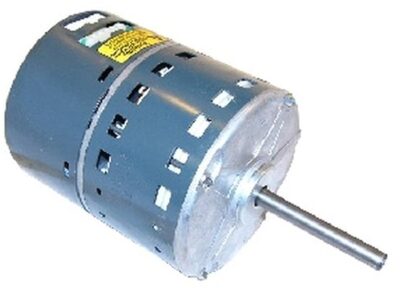


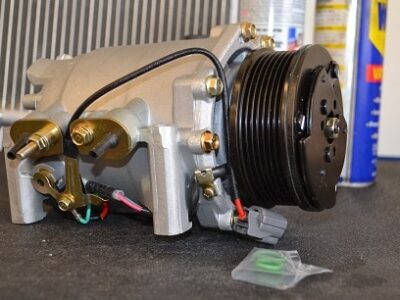
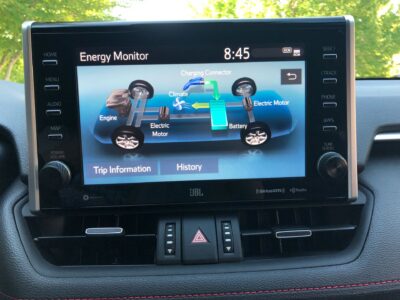
More content of your interest